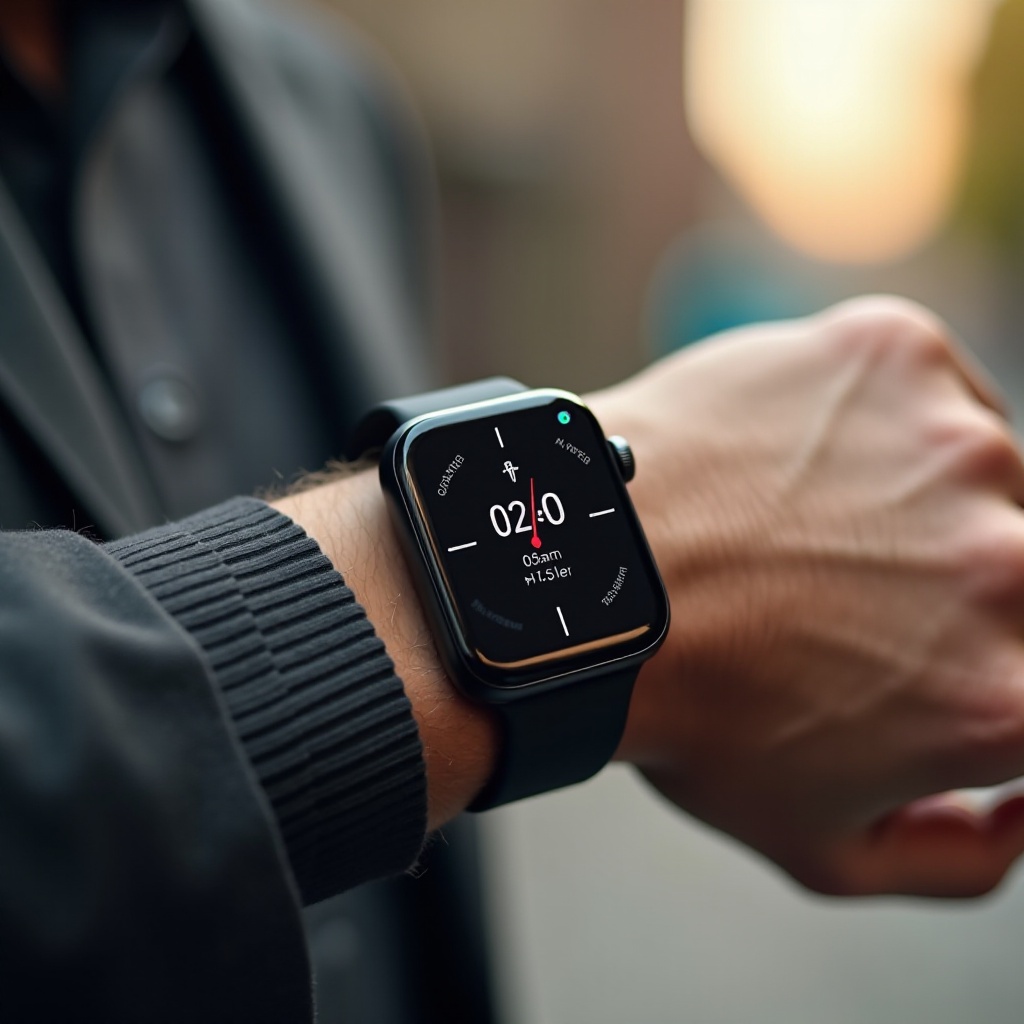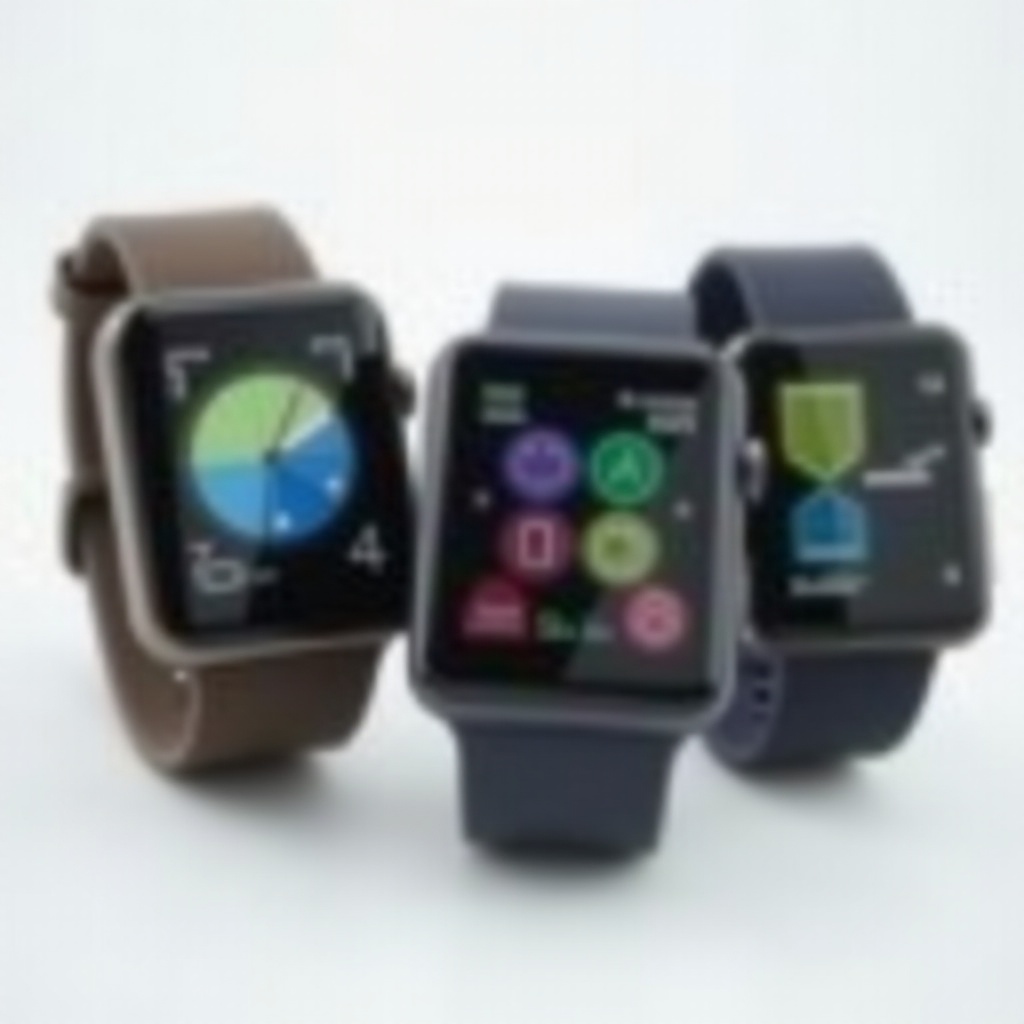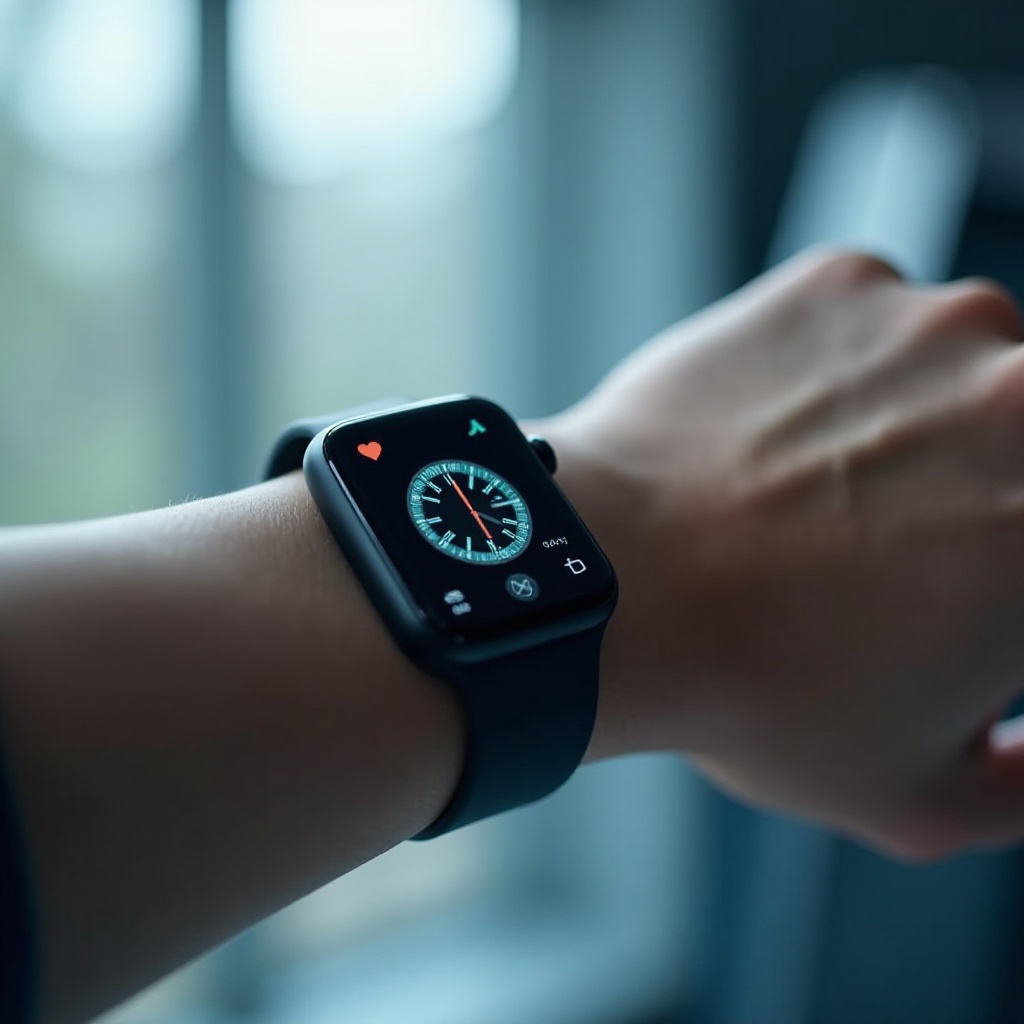Introduction
Smartwatches have evolved significantly, offering various health monitoring features. One of the most intriguing advancements is the ability to measure blood pressure. Understanding how this technology works and its practical applications can be beneficial for those looking to keep an eye on their health conveniently. In this article, we’ll explore the technology behind smartwatch blood pressure monitoring, steps to set up your device, popular models, accuracy considerations, and the main benefits of using a smartwatch for this function.

The Science Behind Blood Pressure Measurement
Blood pressure is the force exerted by circulating blood against the walls of blood vessels. Traditionally, it is measured using a cuff-based method that temporarily stops blood flow, allowing sensors to gauge systolic and diastolic pressures. Smartwatches utilize a different approach, leveraging optical sensors and algorithms to estimate blood pressure.
The key technology here involves photoplethysmography (PPG), which uses light to measure blood volume changes in the tiny blood vessels near the skin’s surface. By analyzing these changes, the smartwatch can estimate blood pressure. While this method differs fundamentally from traditional cuff-based measurements, it provides a non-invasive and continuous way to monitor this critical health metric.
Understanding Smartwatch Technology
Smartwatch technology integrates various sensors and algorithms to monitor vital signs.
Optical Sensors and PPG Technology
Smartwatches use optical sensors that emit light into the skin and measure the amount of light reflected back. This is known as PPG technology. Variations in light absorption correlate with blood volume changes, allowing the smartwatch to estimate blood pressure by analyzing the pulse wave transit time (PWTT).
Calibration with Traditional Monitors
To ensure accuracy, smartwatches often need calibration against traditional blood pressure monitors. This process typically involves taking readings with both devices simultaneously several times. Over time, the smartwatch uses these calibration points to fine-tune its internal algorithms, improving the precision of subsequent readings.
Steps to Set Up Your Smartwatch for Blood Pressure Monitoring
Setting up your smartwatch for blood pressure monitoring involves several straightforward steps.
Initial Setup Procedure
- Charge your smartwatch fully: Ensure your smartwatch is completely charged before beginning the setup process.
- Wear your smartwatch correctly: Make sure the device fits snugly on your wrist.
- Initiate the setup: Access the health monitoring section on your smartwatch and follow on-screen prompts to begin the blood pressure measurement setup.
- Calibration: Conduct your first few measurements with a traditional monitor for calibration.
Connecting to Mobile Devices and Apps
- Download the specific app: Your smartwatch will likely require a related app for monitoring, available on both iOS and Android platforms.
- Pair your devices: Follow the pairing process outlined in the app to connect your smartphone with the smartwatch.
- Sync health data: Enable synchronization to ensure your measurements are logged and stored within the app.
- Regular updates: Keep both smartwatch firmware and the associated app updated to ensure accuracy and improvement in monitoring.
Popular Smartwatches with Blood Pressure Monitoring
Several smartwatches have incorporated blood pressure monitoring, making health tracking more accessible.
Samsung Galaxy Watch Series
The Samsung Galaxy Watch series, particularly the Galaxy Watch 3 and newer models, are equipped with advanced health monitoring features, including blood pressure measurement. They use the Samsung Health Monitor app for calibration and continuous monitoring.
Omron HeartGuide
Omron HeartGuide is a pioneering model that combines the functionalities of a smartwatch with a traditional, clinically-accurate blood pressure monitor. It uses an inflatable cuff integrated into the watch band, providing readings comparable to those of a regular arm cuff monitor.
Other Noteworthy Models
Other models like the Aktiia Bracelet and YHE BP Doctor Pro also offer blood pressure monitoring. These models leverage similar technologies to provide accurate and dependable readings, along with various other health tracking features.

Accuracy and Limitations of Smartwatch Blood Pressure Monitoring
While smartwatch blood pressure monitoring technology has made significant strides, it is important to understand its limitations.
The accuracy of measurements can vary based on several factors, such as movement during the measurement, the tightness of the watch on the wrist, and individual variances in skin and blood vessel properties. Smartwatches offer estimates rather than definitive readings. Therefore, they should not completely replace traditional monitors, especially for individuals with conditions like hypertension. Consulting healthcare professionals for confirmation is always advisable.

Benefits of Using a Smartwatch for Blood Pressure Monitoring
Smartwatches offer several advantages for monitoring blood pressure.
Convenience and Accessibility
With a smartwatch, monitoring can be done seamlessly throughout the day without hassle. It’s as simple as tapping a screen, making it much more convenient for regular use compared to traditional devices.
Continuous Monitoring and Health Insights
Smartwatches provide continuous health monitoring, capturing fluctuations over time. This ability offers insights into patterns and trends linked to your blood pressure, enabling you to make informed decisions about lifestyle and health.
Conclusion
Smartwatches have made health monitoring more accessible and integrated into daily life. Devices that measure blood pressure using optical sensors and PPG technology offer a convenient way to keep tabs on an important health metric. By setting them up correctly and understanding their benefits and limitations, you can take proactive steps towards better health management. With advancements in technology, these wearable devices are becoming indispensable tools for many people’s wellness strategies.
Frequently Asked Questions
How do smartwatches compare to traditional blood pressure monitors?
Smartwatches use optical sensors and PPG technology, which can provide fairly accurate estimates, but may not be as precise as traditional monitors that use an inflatable cuff.
Can I rely solely on my smartwatch for blood pressure readings?
While smartwatches are convenient, they should not replace traditional monitors, especially for critical health conditions. Always consult with healthcare professionals for confirmation.
Which smartwatches are the most accurate for blood pressure monitoring?
The Samsung Galaxy Watch series and Omron HeartGuide are among the most reliable for blood pressure monitoring, along with other models like the Aktiia Bracelet.

